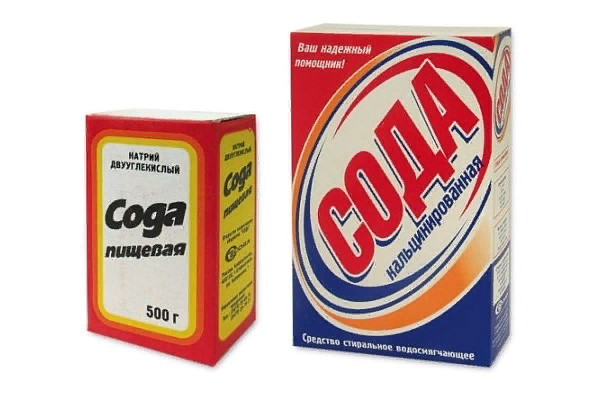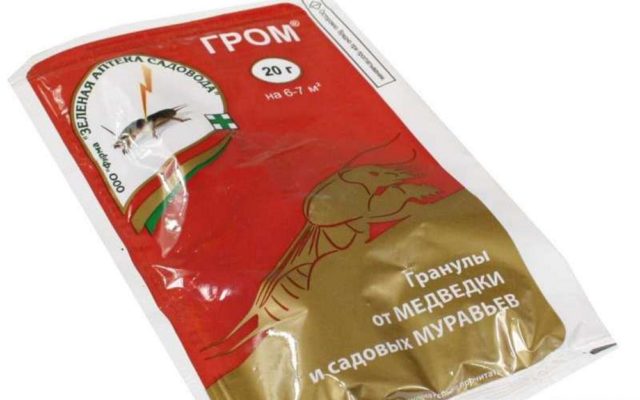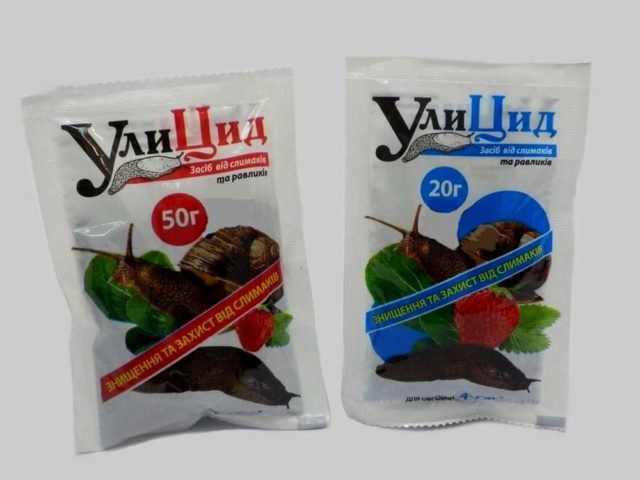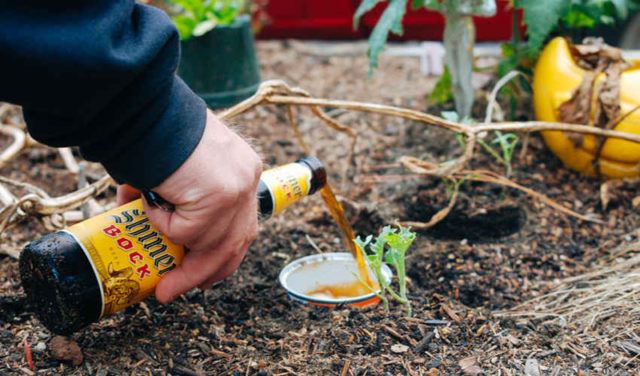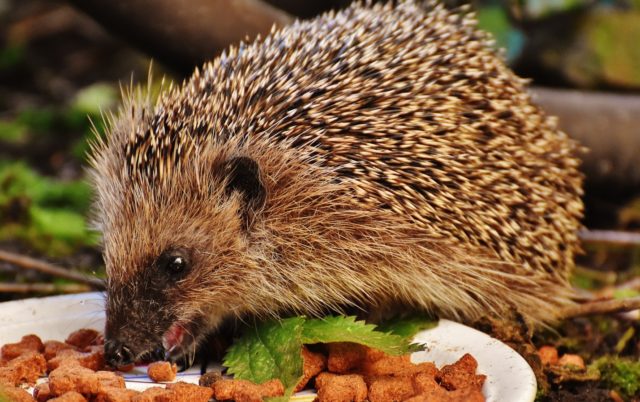Content
The appearance of slugs on cabbage rarely goes unnoticed. Rounded holes in the leaves, waste products - all this suggests that the plantings were attacked by these invertebrates. These symptoms should not be ignored. If you do not process cabbage from slugs in time, the result will be the most deplorable.
Why are slugs on cabbage dangerous?
Slugs are gastropods, invertebrate molluscs that resemble snails without shells. Their appearance on cabbage threatens a number of serious troubles:
- When they move, mollusks secrete sticky mucus, which contains enzymes that cause cabbage leaf to rot.
- The mucus clogs the pores of the leaves, making it difficult and disrupting the process of air exchange.
- The mucus often contains pathogens of various diseases.
- The mollusk itself feeds on the tissues of the cabbage leaf, gnawing numerous holes in it and thereby causing serious damage to the cabbage plantings.
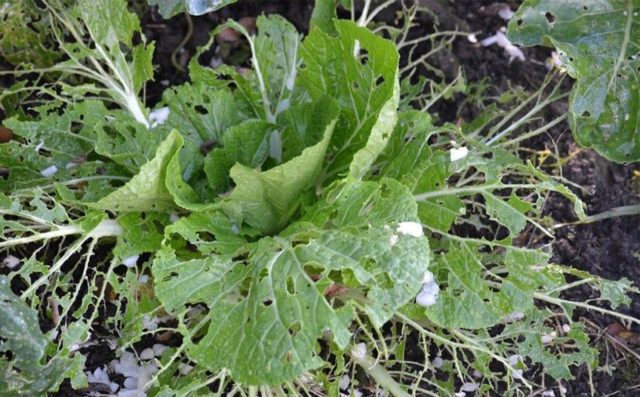
Gluttonous slugs can be very harmful to cabbage.
Reasons for the appearance of slugs on cabbage
There may be several reasons for the appearance of slugs on cabbage plantings, but all of them are directly related to excess moisture. The main factors are:
- Damp cool weather. There are especially many slugs after a mild winter and a long cold spring.
- Excessive soil moisture (excessive watering).
- Disruption of the natural ventilation of cabbage beds due to the strong thickening of the plantings.
- A large amount of organic residues on the soil, as a result of which its layer does not dry out.
Signs of slugs on cabbage
Determining the appearance of slugs on cabbage is quite simple. This can be done according to the following criteria:
- Small rounded holes in the leaves.
- Mucous paths on sheet plates.
- Greenish brown, watery discharge.
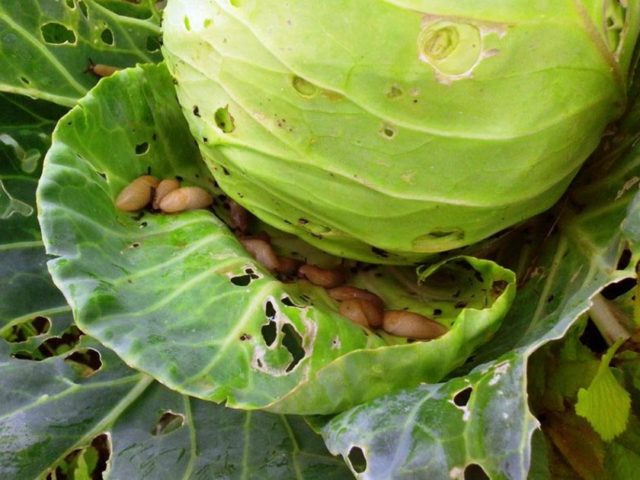
Pests concentrate in the dampest places, under the integumentary leaves
By peeling back the top integumentary leaves of the head, you can find the pests themselves. As a rule, they concentrate in places of the highest humidity, crawling into folds between leaves closer to the stump.
How to get rid of slugs on cabbage
There are many ways in which you can drive slugs out of cabbage. These include both mechanical methods of removing the pest, and the use of various chemicals and folk remedies for plant treatment.
How to deal with slugs on cabbage with folk remedies
The range of folk remedies used to treat cabbage from slugs is very wide. Since this mollusk, unlike many other gastropods, does not have a hard chitinous shell, it remains very vulnerable to any irritating substances. Contact with such agents will seriously harm or force the slugs to leave the cabbage plantings. Here's what can be used to treat this pest from folk remedies:
- Vinegar. 50 ml of 9% table vinegar should be diluted in 10 liters of water. Cabbage beds are treated with this solution after sunset.
- Ammonia. To prepare a solution for 10 liters of water, you need to take 40 ml of an ammonia preparation. Processing is carried out in 2 stages with an interval of 15 minutes.
- Soda. Dry powder is sprinkled on places where slugs accumulate. You can use for treatment and an aqueous solution of this substance, adding it in the amount of 50 g per 10 liters of water. To enhance the adhesion properties, several tablespoons of liquid soap are also added to the composition. In the fight against slugs on cabbage, you can use both baking soda and soda ash, although practice shows that the treatment of the latter is more effective.
Both baking soda and soda ash can be used to control insects.
- Coffee. The caffeine in coffee beans is harmful to slugs. For processing, you need to prepare a strong solution by adding 2 tsp. coffee for 1 tbsp. warm water. The method is effective, but not very cheap considering the current prices for this product.
- Ash. This substance is known to be irritating, so it can also be used to treat slugs in cabbage. To enhance the effect, ground red pepper, mustard and salt are added to the mixture, and then the places where shellfish accumulate are treated with it.
- Mustard. Mustard powder can be used to treat slugs in cabbage and as an aqueous solution. For insisting, you need 0.5 tbsp. dry mustard, it must be diluted in 10 liters of water and insisted for several hours. With this infusion, plantings are processed 1 time in 3-4 days.
- Hot water. Spraying cabbage with water heated to a temperature of about 60 ° C will not harm the heads of cabbage, however, it will be fatal for slugs that are unable to endure such heat treatment.
How to protect cabbage from slugs and snails with chemicals
The use of chemicals to combat slugs on cabbage is always undesirable and is an extreme measure. If the amount of the pest is small, then it is advisable to use other processing methods or much less toxic folk remedies. When there are a lot of slugs, and there is a threat of complete destruction of the crop, then the following drugs can be used to combat it:
- Storm. Granular preparation containing metaldehyde - a potent toxic substance. The beds are processed by scattering granules over the soil surface around the heads of cabbage at the rate of 4-5 g per 1 sq. m.
Thunderstorm preparation contains metaldehyde - a strong poison
- Thunder. Diazinon-based insecticide is a hazard class 3 substance (moderately toxic). Granules are a mixture of an active preparation with food attractants and are, in fact, a ready-made bait that is scattered over the soil surface. Thunder has excellent effectiveness, destroying not only slugs, but also many other pests, for example, ants, bear, wireworm, flies.Important! The effectiveness of the treatment with the Thunder preparation is from 95 to 100%.
Grom granules work both on the surface and in the soil
- Meta. In fact, this is the same Groza drug, only produced in Switzerland. Processing is done in the same way.Important! Preparations based on metaldehyde can be used no more than 2 times per season, while the second treatment must be done no later than 1 month before the planned harvest.
Biological means of fighting slugs on cabbage
Biological preparations are considered more friendly to the environment than chemical ones, since contact with them does not pose a danger to humans and animals. Such means of processing cabbage appeared relatively recently and are a new word in the science of plant protection. The mechanism of action of biological products is based on the dehydration of the body of slugs, as a result of which they die.
Here are some of the treatments used to treat cabbage:
- Ulicid Eco. It is a granular, highly effective iron phosphate product. The granules are scattered at a distance of 20-25 cm from the heads of cabbage and in the aisles at the rate of 1.5 g per 1 sq. m. The drug has a long duration, it can be used to treat crops in any weather.
Ulicide can be used in any weather
- EcoKiller. This is a drug based on diatomaceous earth - a finely dispersed substance of contact action, which, when it hits the body of a slug, literally draws moisture from it. EcoKiller is absolutely safe for humans, animals and birds.
The new generation biological product EcoKiller is safe for people, animals and birds.
How to deal with slugs on cabbage using mechanical methods
The simplest mechanical way to deal with slugs on cabbage is by hand picking molluscs. However, not everyone wants to do this, frankly, not a very pleasant thing. In addition, gastropod pests are active at night, during the day they hide in the folds of the head of cabbage, and it is often difficult to detect them. Therefore, gardeners prefer to use other means to protect the crop. Slugs can only move on a smooth surface, so an obstacle made of any dry bulk material can become an insurmountable obstacle for them. The following materials can be poured around the heads of cabbage:
- needles, pine or spruce;
- large sawdust;
- sunflower husk;
- crushed eggshell;
- small shell rock;
- wood ash.
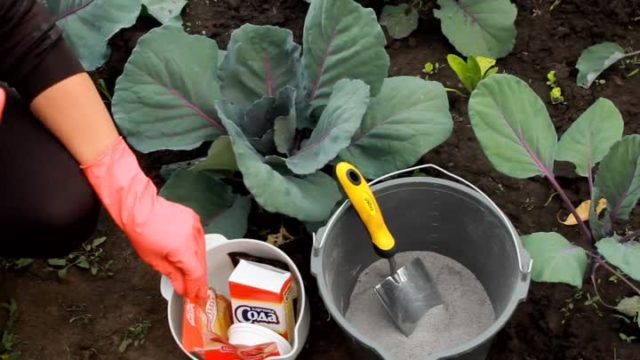
The arsenal of drugs against gastropods is very extensive.
To combat gastropods, you can use various traps that are easy to make with your own hands. In this capacity, you can use the following materials:
- Bank or any other capacity. The dishes are poured in so that the neck is level or slightly above the soil surface. Inside you need to pour a little beer, fermented compote or mash, the smell of these products attracts slugs. During the day, the container must be kept closed, otherwise a large number of insects will cram in there, and open it at night. Pests that have fallen inside will die.
Beer cups dug in the garden garden serve as bait for gastropods
- Polyethylene film. It can be placed between rows of cabbage. Slugs seeking shelter from the heat of the day will crawl under it in the morning, and in the afternoon they will die from thermal shock in such an impromptu "greenhouse".
- Board or piece of roofing material. Any dense material that slugs might mistake for daytime shelter can be used. The soil under it must be moistened. Fleeing from the heat of the day, the pests will hide under such an impromptu canopy, you just have to wait until noon and just collect them.
Prophylaxis
As a prophylaxis against the appearance of slugs, you can recommend measures to reduce excess moisture. This is the rationing of watering, and timely care of the beds, preventing their overgrowth or littering. It is important to respect the spacing between adjacent plants and the size of the row spacing, otherwise the soil in the root zone will never dry out.
A good prophylaxis against slugs can be various plants planted in the immediate vicinity of cabbage with a strong aroma, the smell of which scares off mollusks. These are calendula, basil, parsley, rosemary. However, this measure does not always work. If aromatic herbs are constantly grown on the site, then the slugs develop immunity to their aromas, as a result of which these plantings themselves can eventually become food for gastropod pests.
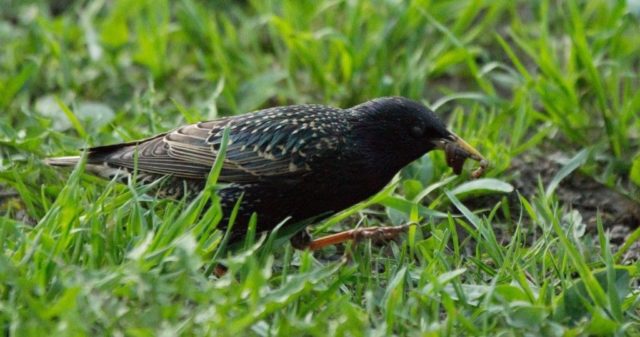
Birds are natural enemies of slugs
It is known that some birds and animals feed on slugs, for example, hedgehogs and frogs, so you do not need to drive them from the site. On the contrary, everything should be done to keep them.
Gardener Tips
The problem of the appearance of slugs on cabbage has long been known.Therefore, considerable experience has been accumulated in the fight against these gastropods.
Here are some tips to help you fight these pests:
- It is best to involve their natural enemies - birds, hedgehogs and frogs - in the fight against slugs. For birds, you can build feeders and hang them on the trees, and for frogs, dig a natural puddle at the border. If a hedgehog is seen on the site, you can keep it by putting a piece of cookies on the garden bed.
If a couple of hedgehogs settle on the site, then you can forget about slugs
- As a rule, gardeners have no problem with fresh nettles. If you spread bunches of this burning grass between the heads of cabbage, slugs will not appear in the garden. The nettle should be renewed as it dries.
- Slugs love moisture, but not water. If you install grooves with water around the garden, then the pest will not be able to overcome such an obstacle.
Conclusion
You can treat cabbage from slugs with a variety of drugs. Of course, you should start with the most harmless and gentle methods: collect pests by hand, set traps and use folk remedies. Heavy slug control chemistry should only be used in the most extreme cases when other methods are ineffective for treating plantings. Fortunately, this rarely happens, especially if you keep your garden clean and take the recommended preventive measures.
